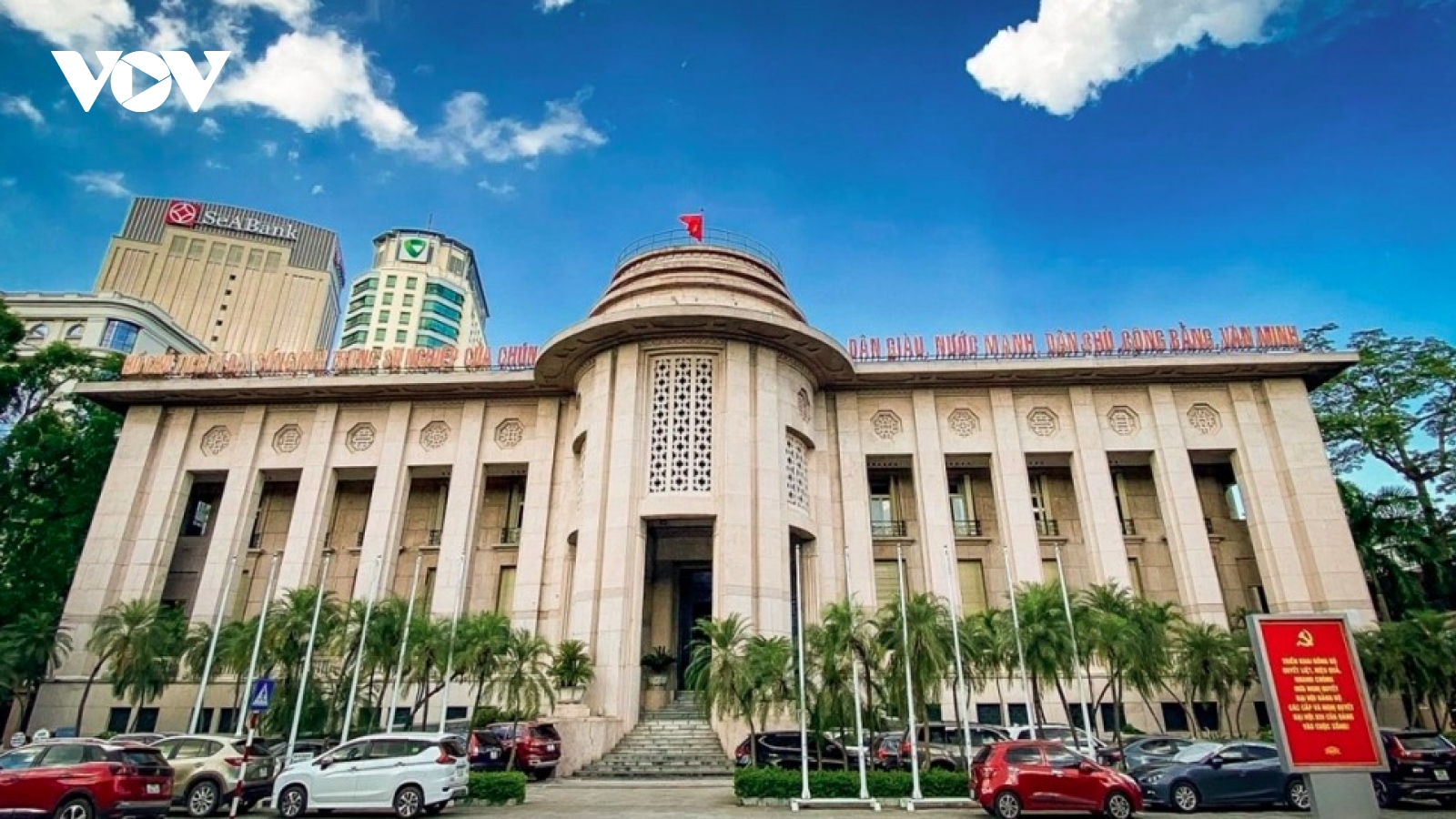Commercial banks to mainly focus on credit in 2024
Credit growth will be the main focus for the banking industry in 2024, as it is closely related to economic growth, according to analysts.

In 2023, credit growth was lower than expected but improved significantly in the last months of the year. The low credit growth was primarily due to inflation, high lending interest rates, weak economy, low exports and real estate market freezing.
However, analysts believed credit will increase significantly again in 2024 thanks to a loose monetary policy and a low interest rate environment. In that context, the banking industry, which is sensitive to interest rates, will be the first to benefit.
Under a 2024 strategy report released recently, analysts from VNDirect Securities Company forecast credit growth will reach about 15% in 2024, based on the 6-6.5% GDP growth target. With the global economic recovery, firms’ loan demand for working capital is expected to increase again in the first half of 2024.
"As the real estate and consumer sectors are forecast to recover with strong growth in the second half of 2024, we believe that the credit growth target of 15% this year is completely feasible," VNDirect said in the report.
According to VNDirect, VPBank, HDBank, MB, LPBank, VIB and Techcombank are expected to lead in credit growth this year. At the same time, the banks will also have a net interest margin (NIM) larger than the industry’s average rate. VNDirect forecast NIM of the entire banking industry at 4.6% in 2024.
However, VNDirect’s analysts assessed that the business models of VPBank and Techcombank are inherently sensitive to market fluctuations. Therefore, the two banks will recover quickly following the recovery of the general market, but at the same time will be more vulnerable if the market situation changes negatively.
In contrast, HDBank, MB and VIB have stable business models, demonstrated by sustainable profit growth or low non-performing loan (NPL) ratios.
In fact, the State Bank of Vietnam (SBV) has also targeted commercial banks to focus on lending right at the beginning of this year. Instead of only allocating a part of credit growth quota for banks at the beginning of the year as previously, the SBV this year has assigned the entire credit growth target of 15% for banks from January.
According to SBV Deputy Governor Dao Minh Tu, the allocation of all credit growth quota in the first month of this year is expected to boost aggregate demand and create favourable conditions for banks to provide capital to meet the needs of economic growth as difficulties are forecast to continue in 2024.


